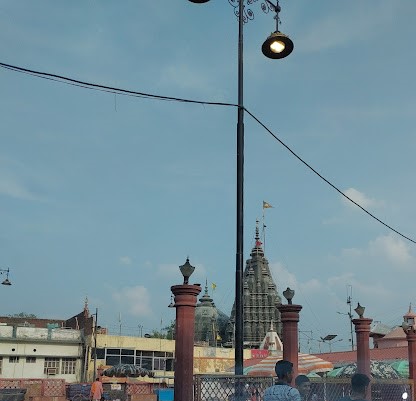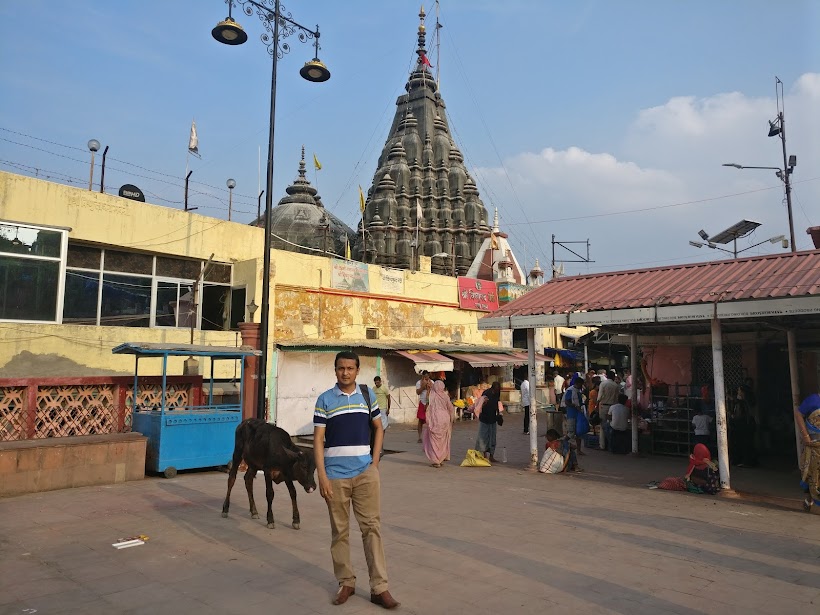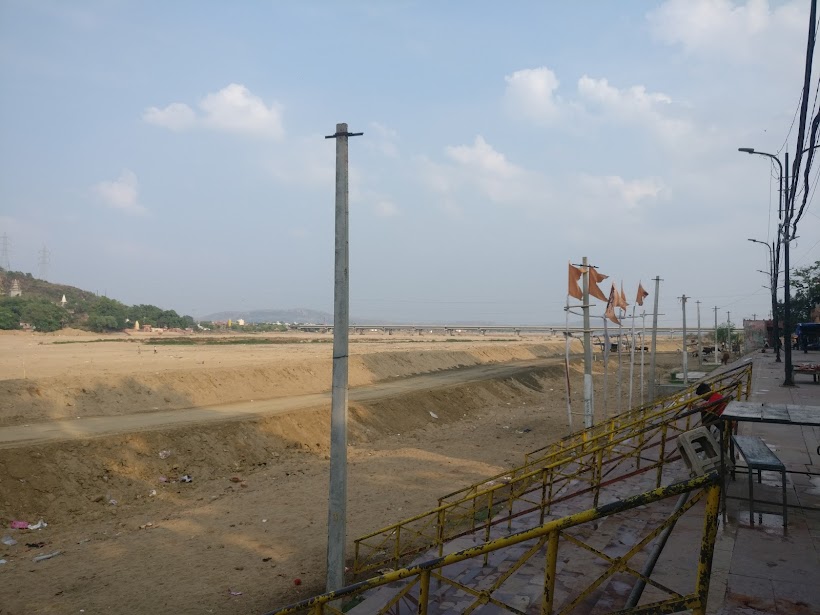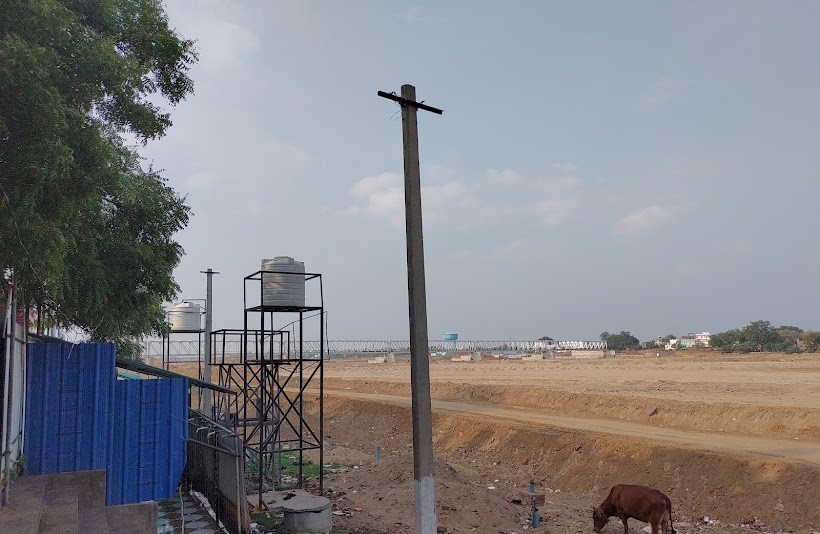Gaya
General Information of the Gaya
Gaya is one of the holy places in the world. It is the most important location for Hindu society. Gaya is nearly 100 km away from the capital city of Bihar, India. Mainly, there is a temple inside called Vishnupada Mondir. The foot of the Vishnu is engraved in basalt rocks. The temple is situated along the left bank of the Falgu River.


Significance of the Falgu River in Gaya
Falgu River is very significant for the Gaya. The Hindu community considers this river as the goddess. There is a word that King Ram came here along with his wife and younger brother to offer Pindadan of his father for the relief of the father’s soul. All the sins will be removed by putting the ash of the dead father into the river. Since then, all the Hindu people come with the ash of the skeleton of their father to place inside the river for the peace of the departed soul which is called Pindadan.
Furthermore, the river becomes dry almost eight months of the year. During the dry period, people put ash in the riverbed. While they throw in the flowing water during monsoon season. Recently a rubber dam is being constructed immediately downstream of the temple near the existing bridge to keep the water available in the river during the dry season as well.


Other information in Gaya
Moreover, before entering the main temple, you will find Purohit who can guide you for worship. In addition to that, they can speak even different languages as per requirement which is very convenient for the tourists. All the ingredients for Puja like flowers, Chandan, Bell Pata, Sidur, agarbati, etc. are available at the gate. Anyone can also buy items from here for worship in the home like plates, glass, prodip and other necessary things.
The nearest importances locations are Mahabodhi Temple, temples of different countries in Bodhgaya and historic places. This is to mention here that all the photos used in this post are taken by Dr. Deepak Kharat and Mohammad Imran Hasan whereas the author collected all the data.
